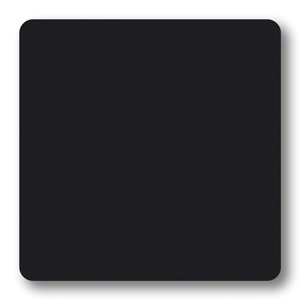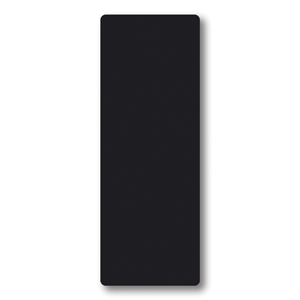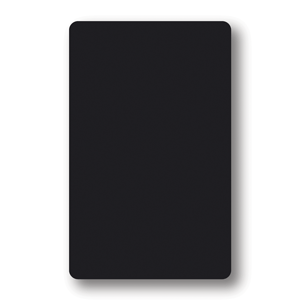Lenticular Printing
-bringing print to life with Motion & 3D effects


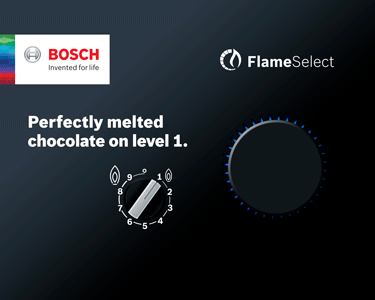



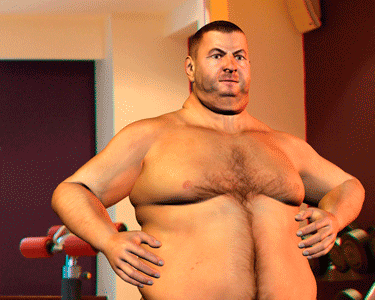
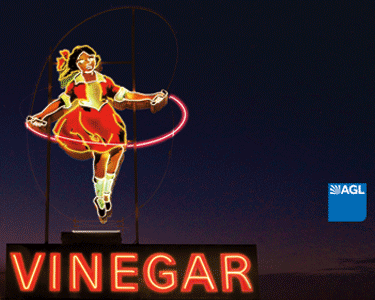
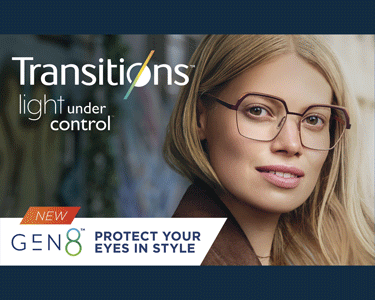
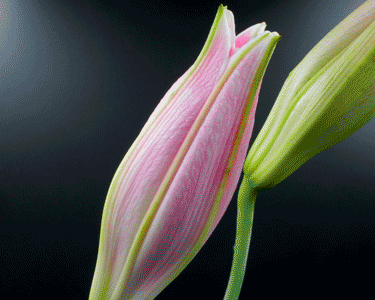
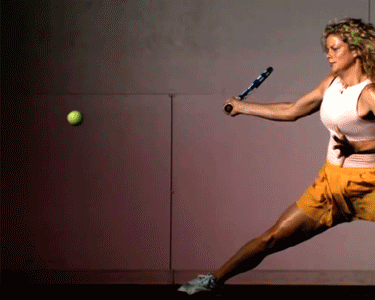
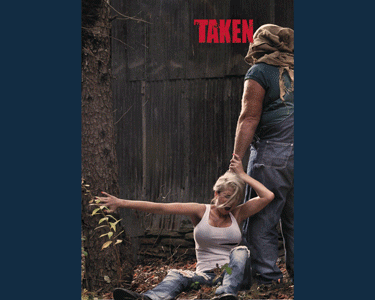
Our Service
Bart Kelsey specialises in custom made lenticular prints in Australia: Motion prints (Flip, Zoom, Morph, Video & Animation effects), 3D prints (Depth effect), and Hybrid prints (multiple effects).
Special pricing at or above the following quantities -UV lithographic Offset full colour printing 1 side:
- Size = 86 x 54 mm; 100,000 units; Priced from $0.185 + GST per unit AUD
- Size = 55 x 150 mm; 60,000 units; Priced from $0.333 + GST per unit AUD
- Size = 95 x 95 mm; 60,000 units; Priced from $0.365 + GST per unit AUD
- Size = 151 x 101 mm; 50,000 units; Priced from $0.485 + GST per unit AUD
- Size = 210 x 148 mm (A5); 20,000 units; Priced from $0.98 + GST per unit AUD
Special pricing at or above the following quantities -UV lithographic Offset full colour printing 2 sides:
- Size = 86 x 54 mm; 100,000 units; Priced from $0.21 + GST per unit AUD
- Size = 55 x 150 mm; 60,000 units; Priced from $0.38 + GST per unit AUD
- Size = 95 x 95 mm; 60,000 units; Priced from $0.396 + GST per unit AUD
- Size = 151 x 101 mm; 50,000 units; Priced from $0.53 + GST per unit AUD
- Size = 210 x 148 mm (A5); 20,000 units; Priced from $1.07 + GST per unit AUD
We print directly onto the rear surface of the lenticular plastic sheets, and then back up with multiple passes of opaque white ink. If a backside design is to be printed, then the sheets go through the press again and print over the white.
To understand our printing process, please view the video here: sheet fed UV offset lenticular printing.
Proofing time: 4-8 business days, depending on the effect. Production time: generally 4-5 weeks from final proof approval. Rush may be possible.
Should you require 1-200 posters between the sizes of 510 x 510 mm and 1168 W x 1727 H mm, we can refer you to a colleague in the USA who specialises in art gallery quality digital print production. If the size exceeds a single panel, then multi panel (tiled) murals are possible, but only where the artwork design adheres to strict guidelines and the use will be indoors.
Why choose us?
- Bart Kelsey is the only manufacturer of this kind in Australia today. Where others mignt ‘design in Australia’, they offshore the lenticular print production. We proudly support Australian manufacturing and jobs. If you value peace of mind, the guaranteed use of premium quality lenticular sheets, inks and varnishes, then you’ve come to the right place. When it comes to lenticular printing, you really only get what you pay for.
- We bring your ideas to life with Motion and 3D lenticular special effects.
- We encourage creatives to exploit the power and impact of lenticular printing to engage, captivate, and entertain their audience.
- We invite you to use the power of lenticular printing to communicate your message in a novel way and stand out from the crowd.
- We’re here to deliver your vision.
- We can supply either the finished product, or just the printed lenticular sheets, for others to finish.
Frequently Asked Questions
Due to the large number of variables we custom quote.
For ready made products in our online Shop, B2B (trade account) customers based in Australia can login to view products & prices assigned to their user role. Click on the “Shop Now” button in the menu.
Guests (non-registered) and Customers (registered) can purchase some ready made items from our online shop.
Most lenticular prints from offshore will either have a paper, card, or synthetic paper backing. Paper and card can bow the prints as moisture is absorbed. A synthetic paper avoids moisture absorption, but if it’s mounted under too much tension, then it will also bow the prints. Bowing can also impact the behaviour of the front side lenticular effect -test this yourself.
If you order from overseas without someone in the country of origin to inspect before they ship, and they turn up bowed, then you’re in a sticky situation.
I avoid such problems altogether by manufacturing in Australia and printing an opaque white ink barrier, instead of mounting card, paper or film. This also avoids using mixed materials should downstream recycling become available again.
The litho (offset) lenticular sheets made in Asia are up to 30% cheaper than the premium USA and European extruded materials. Even a trained eye won’t detect a difference between a blank pile of one and the other. It’s how they perform on the printing press that the stark difference is revealed.
The expensive sheets perform consistently from sheet to sheet, and pallet to pallet, which translates into consistent behaviour of the lenticular prints you receive. Unfortunately, the same cannot be said of the cheaper material.
When all things are considered, buying the premium sheets is a no brainer. With the cheaper sheets, once one factors in how many more overs have to be printed at a significant cost to achieve an acceptable standard, the time spent sorting the job to discard rejects, the faster depletion of stock, and the more frequent international shipping to restock, then it’s a bad choice for production and the environment.
Die-cutting is essentially the same as using a single cookie cutter blade to stamp out the print shape. Prints are first cut down to individual rectangles or squares which includes an extra 3-5 mm all around. A handful at a time of these prints is loaded into the cutting machine, and a ram then pushes the stack through the stationary blade’s outline. The die cut prints then continue through the hollow interior of the blade’s outline, whilst the waste falls off the outside. Die-cutting provides a very clean, smooth cut, without nicks or ink chipping. The dies are expensive in comparison to the cost of a forme, but the cutting expense actually works out cheaper on large jobs. In fact, if we already have an existing die, then that’s a saving for you. Our maximum die-cut size is 250 x 220 mm.
Forme-cutting on the other hand cuts out one or more prints from a single press sheet per impression. The blades are essentially steel rulers bent to the shape of the cut outs and partly embedded into a plywood sheet. The exposed edge is sharp like a knife, whilst blunt rules are used to score rather than cut. To avoid the cut prints dropping out of the sheet whilst still in the cutting machine, they’re held in situ by ‘tags’, and then must be stripped out from the sheet afterwards in a secondary process.
The main advantage of using a forme is that multiple tasks can be performed at the same time. These can be any combination of cutting, scoring, perforating, and punching of holes. The maximum size cut can also be up to 20-30 mm smaller than the press sheet size. Disadvantages are the potential for remnant bumps to remain on the plastic lenticular print at the tag sites. Also, ink may slightly chip at the tags and along the cuts.
Testimonials
Transitions Signature Gen 8 Lenses -A5 Lenticular Tent Card
Just received, thanks so much for all your assistance with this project.
Tony De Minico
ADM Defence Estate Base Services Summit -Lenticular Event Card
We really liked them. We received good feedback from punters at the event too.
Frank van Rensburg
Bolshoi Ballet -3D Lenticular TicketsThe tickets look fantastic. Very happy with them.
The tickets look fantastic. Very happy with them.
Judy Worsfold
Signia Xperience -Launch Pack Lenticular Cover
I viewed the Lenticular cards yesterday and they look fantastic.
Eoghan Townshend
Mobile Art Gallery -Trailer Lenticular Panels
The prints look AMAZING!!!
Emily Hill
ZOT Stickers
They arrived very promptly and look fantastic with the white backing and the adjustments you recommended -they are perfect.

